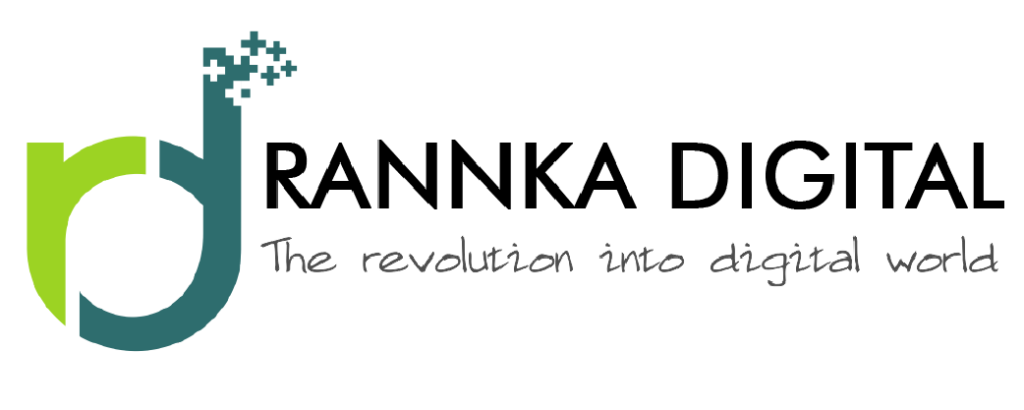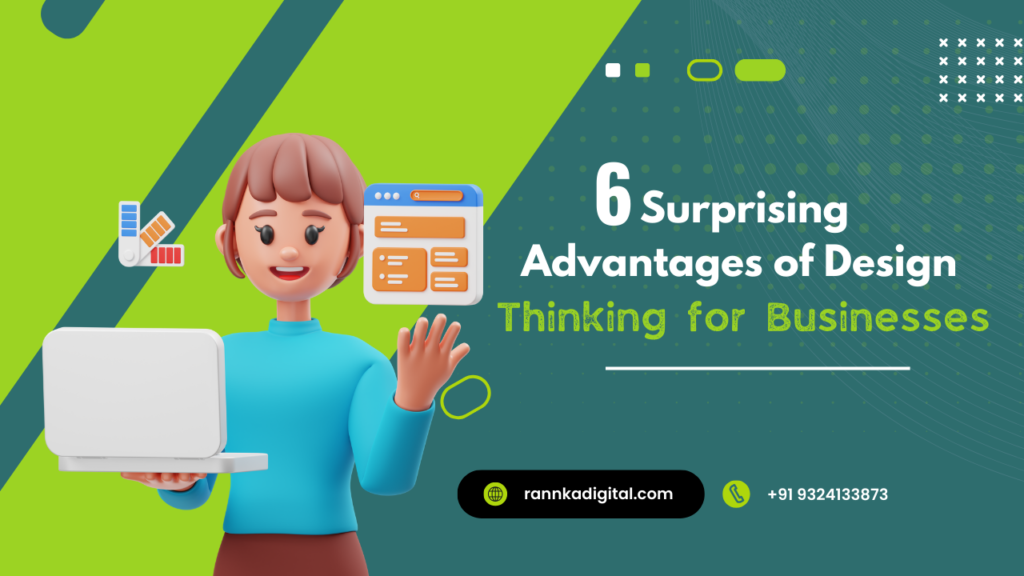6 Surprising Advantages of Design Thinking for Businesses
Design thinking. You’ve heard the term, but have you truly considered how it can revolutionize your business? In today’s fast-paced, innovation-driven world, every company is seeking that edge — that spark of creativity to solve problems and break through the competition. But here’s the thing: traditional strategies often fall short. This is where design thinking steps in, transforming how businesses tackle challenges. Imagine a strategy that doesn’t just rely on data, but blends creativity with practicality, enabling your team to generate out-of-the-box solutions while still keeping the customer at the heart of every decision. The advantages of design thinking go far beyond brainstorming sessions and sticky notes. It’s a proven method that can reshape the way your business operates, from product development to customer service. What if we told you that by embracing design thinking, your business could not only innovate but also boost collaboration, uncover hidden opportunities, and rapidly adapt to market changes? Sounds exciting, right? Now, let’s delve deeper into the 6 surprising advantages of design thinking for businesses that will leave you wondering why you haven’t implemented this approach sooner. First, design thinking encourages empathy, meaning your business becomes more attuned to the needs and desires of your customers. You aren’t merely addressing issues; you’re tackling the most relevant ones. This shift in perspective opens doors to innovative solutions that your competitors won’t see coming. Next, design thinking promotes agility. In a world where the only constant is change, your ability to pivot quickly without losing focus is critical. Businesses that adopt this mindset can navigate uncertainty with confidence. Curious yet? Good. Because there’s more. The beauty of design thinking lies in its power to foster a culture of experimentation. It’s not about perfection from the start; it’s about learning, iterating, and refining your ideas until they shine. The advantages of design thinking don’t just improve processes; they create a business environment where bold ideas can thrive. Ready to explore the game-changing benefits? Let’s dive in. The 5 Phases of Design Thinking The 5 stages of design thinking are at the heart of the process, each building upon the other to create innovative solutions. These stages are: Contrary to popular belief, design thinking is not a linear process. It encourages flexibility and iteration, enabling teams to revisit earlier stages as needed. This adaptability is one of the key reasons why design thinking and innovation go hand in hand. 1. Unleashing Creativity and Innovation One of the most striking advantages of design thinking is its ability to unlock creativity. By fostering an environment where people feel free to generate ideas without judgment, businesses can tap into a wealth of creative solutions. Brainstorming in design thinking is particularly powerful because it encourages diverse perspectives, breaking down silos and allowing cross-functional teams to collaborate effectively. Innovation thrives in environments where creativity is encouraged, and design thinking tools such as mind maps, sketching, and storytelling help stimulate that creative energy. These tools aren’t just about idea generation; they’re about framing the problem in a new light. The persona in design thinking approach, for example, allows teams to see problems from the perspective of different user types, sparking fresh insights and innovative solutions. 2. Enhancing Problem-Solving Abilities The structured yet flexible nature of design thinking makes it an ideal approach for tackling complex business challenges. By following the 5 stages of design thinking, businesses can break down problems into manageable pieces, systematically addressing each aspect. For instance, design thinking examples for students often involve projects where they must solve real-world problems through empathetic understanding and creative ideation. This same approach works wonders in the corporate world, helping businesses rethink their strategies and offerings. Design thinking process examples from companies like Google and IDEO demonstrate how this methodology can be used to solve problems in innovative ways that traditional approaches may not have considered. Moreover, iteration in design thinking is key. Unlike linear processes that rely on finding the “right” solution upfront, design thinking is a mindset that embraces continuous learning and refinement. This iterative approach allows businesses to refine their solutions over time, leading to more robust and effective outcomes. 3. Driving Customer-Centricity In an age where customer expectations are higher than ever, businesses that fail to put the user at the center of their strategies risk falling behind. Persona design thinking plays a critical role in ensuring that solutions are tailored to meet the specific needs and desires of different user groups. By focusing on empathy and understanding, design thinking for innovation allows businesses to design products, services, and experiences that truly resonate with their audience. The result? Happier customers, stronger brand loyalty, and a competitive edge. In fact, many successful companies use design thinking examples like the development of Uber’s user-friendly app interface or the seamless customer journey designed by Airbnb to illustrate the power of a customer-centric approach. The value of customer-centricity is evident in the rise of design thinking jobs across industries. Companies are actively seeking individuals with creative design thinking skills who can help them develop solutions that are not only innovative but also deeply aligned with the needs of their users. 4. Encouraging Collaboration and Cross-Disciplinary Thinking Design thinking breaks down traditional silos within organizations, encouraging collaboration across departments and disciplines. Whether it’s marketing working with product development, or sales collaborating with customer service, the methodology fosters an inclusive approach to innovation. A design thinking workshop is a prime example of this in action. During these workshops, individuals from different areas of expertise come together to brainstorm, ideate, and prototype solutions. This cross-disciplinary collaboration not only leads to more innovative solutions but also enhances team dynamics and fosters a culture of continuous improvement. The ability to collaborate effectively is especially important in today’s rapidly changing business landscape. As design thinking is another name for agile manifesto in some respects, its iterative and flexible nature aligns perfectly with the agile methodologies that many companies are adopting to remain responsive to market changes. 5. Building Resilience and

